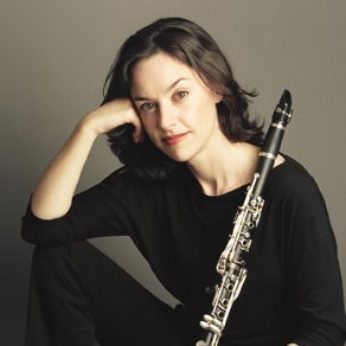Rimsky-Korsakov was one of the so-called Moguchaya Kuchka (Mighty Handful) quintet of composers led by Balakirev. The other three were Musorgsky, Borodin and Cui. They were in rebellion against the Western orthodoxy of Rubinstein’s new Conservatoire, which was belatedly introducing Western music and musical techniques to music students in St Petersburg and Moscow. Although the two camps were described as nationalist versus Western, it would be more accurate to call them radicals versus traditionalists. Rubinstein was suspicious of new trends in music and wished to preserve what was best in the Western tradition of the immediate past, whereas the radicals sought to combine contemporary innovations with national musical resources. The most famous composer of this era was of course Tchaikovsky, who trod a wary path between the two camps.
Rimsky-Korsakov was primarily an opera composer, though he is perhaps best known in the West for a few popular orchestral works like Sheherazade and his orchestrations of Musorgsky’s works. The latter had been a close friend and after his early death, Rimsky-Korsakov took it upon himself to prepare his manuscripts for publication, though posterity has not always looked kindly on Rimsky’s ‘corrections’. This process did, however, take up two years of his life. His chamber music includes five string quartets, a piano trio, a string sextet, various wind pieces and this quintet for piano and winds. It was written in 1876 for the Russian Music Society, the forerunner of Rubinstein’s famous Conservatoire.
The composer wrote a detailed autobiography, which describes this work thus: The first movement is in the classical style of Beethoven – by which he means it is in sonata form with two contrasting themes, one jaunty and lively, the other more introspective. The second movement contains a fairly good fugato for the wind instruments, with a free accompaniment on the piano – this is framed by an andante in F major that opens with a horn solo, the fugato is in F minor. The third movement in rondo form contains an interesting passage: an approach to the first subject after horn, flute, clarinet in turn play virtuoso cadenzas according to the character of each instrument. Each is interrupted by the bassoon entering in octave leaps; after the piano’s cadenza, the first subject finally enters in similar leaps, again on the bassoon.
